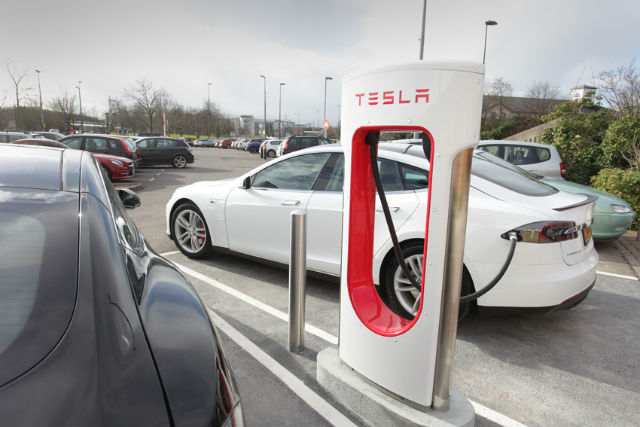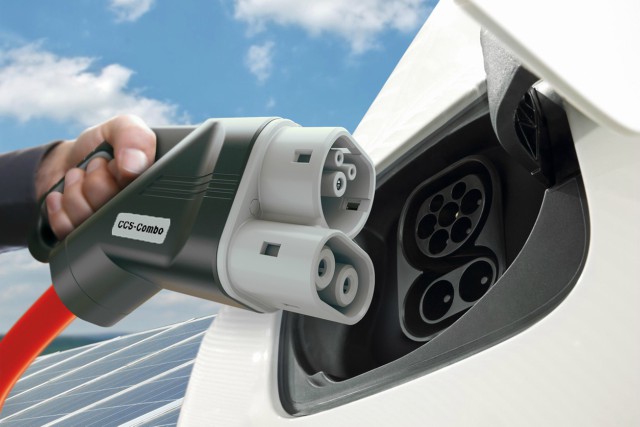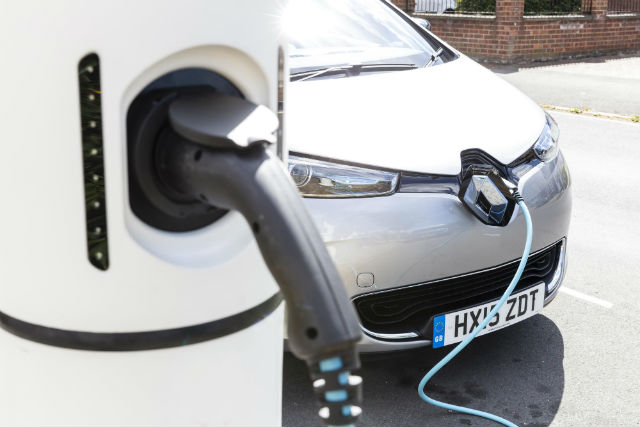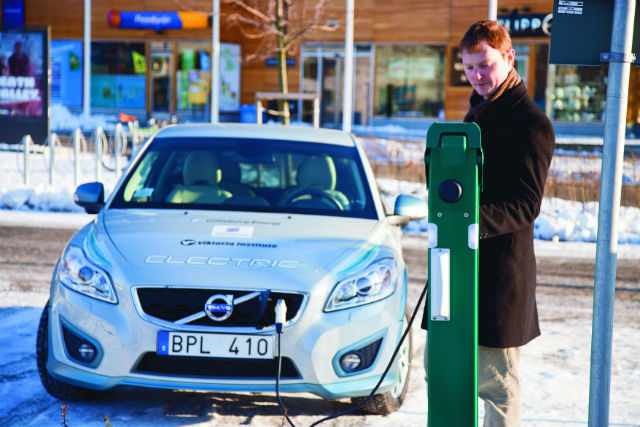It’s fair to say that it hasn’t been an easy rise to the top for the electric car. After decades of setbacks and ridicule from consumers, it’s only in the past few years that the global car market has started to adopt electrification, spurred on by ever-increasing emissions regulations and the innovations of companies like Tesla.
Currently, we’re living in a golden era for electric vehicle enthusiasts as new cars come to market with longer ranges, better performance and more technology than ever before. But despite attempts to address the key drawbacks of previous electric cars, the biggest problems still remain.
Infrastructure and charging times remain the two largest demons that electric car manufacturers have to conquer, and both are proving to be tough problems to tackle. Much of this boils down to the simply problem of finances: several million dollars spent investing in better battery technology is much more feasible than pouring billions into building a more extensive network of charging points.

Tesla was the first manufacturer to take a proactive approach by building its extensive Supercharger network of fast chargers for its vehicles. Up until recently, access to Supercharger points was free for anybody who owned a Tesla vehicle, and though it was expensive it was, for Tesla, absolutely necessary in order to get people to buy its cars.
At the time products like the Model S were starting to gain popularity, the number of electric car charging points around the world was tiny. Even with the Model S’ 265-mile range, owners would have been restricted to travelling within relatively small distances.
Yet while it certainly helped grow the popularity and feasibility of Tesla’s business, it’s pretty much the same thing as if a traditional car manufacturer had to open its own chain of petrol stations in order to get people to buy its vehicles.
The same problem Tesla faced is now a sticking point for the rest of the industry too. As a response, four of the world’s biggest car manufacturers – Ford, Volkswagen, Mercedes-Benz and BMW – announced a plan this week to all pitch in and build an extensive new network of fast charging points across Europe.

Construction will start next year and the partnership stated that it’s hoping to have “thousands” of the 350kW chargers accessible to customers by 2020, with each manufacturer helping the others to foot the bill, likely to be to the tune of several billion dollars.
On the surface, it seems like good news. People will be able to better access charging points, and therefore will be more likely to buy an electric car on the knowledge they can fill it up without running the risk of their battery going flat. Right?
However, some experts, like Bloomberg’s European car news correspondent Tom Lavell, claim that it actually could be the opposite and that it’s a sign of desperation on behalf of car manufacturers struggling to push new electric technology.
“The rare broad-based cooperation shows the strains on carmakers as they invest billions of dollars to develop battery-powered vehicles to comply with tighter environmental regulations,” Lavell wrote.

“Buyers have so far shown little interest in the models because of limited driving range, the time needed for recharging and the high price of vehicles. BMW sold fewer than 24,100 of its i3 electric city car last year, out of the company's total 2.2 million deliveries, while the Renault-Nissan automaking alliance has only handed over 350,000 electric vehicles to customers since 2010, versus a target of 1.5 million by the end of 2016.”
In other words, these manufacturers are pouring unthinkable amounts of money into developing and extending electric vehicle infrastructure and technology on the assumption that buyer demand will increase in the following years.
Perhaps it’s a vicious circle and interest simply hasn’t been that high because the infrastructure and technology still isn’t there, but the figures show that forecasts for the past few years have been wildly off. Will it be the same story even with more accessible charging points?
Part of the challenge is just an inherent part of the electric cars. Since they were pioneered 100 years ago, they’ve been more expensive, more difficult and time-consuming to refuel and offer much lower range than petrol or diesel cars.

At the same time though they’re also easier to build and to maintain, while they produce no harmful emissions from their tailpipes. As Tesla has proved, they can also be hugely desirable in their own right and with enough power to best all but the mightiest of supercars.
Reaching the point where electric cars occupy a double-digit slice of the global car market is nonetheless proving to be hugely difficult. The same problems that Tesla had to face is now being faced by every manufacturer dipping their toes in the EV business, and the simple fact remains that regular petrol or diesel cars are cheaper and easier for buyers to use day-to-day.
There’s good news though, and it’s getting slowly and steadily better. The total number of electric cars on the roads has tripled since 2013, and although they still occupy a tiny margin of the market at least the numbers are going up.
All the same, the legacy problems of the electric car are proving to be as hard and as expensive to overcome as they always have been. With the debut of more feasible alternative fuel technologies like hybridisation, hydrogen power and potentially even solar power, the ultimate risk for electric car manufacturers is that they’ll be left with vehicles buyers don’t want to buy, and ghost towns full of chargers nobody wants to use.



